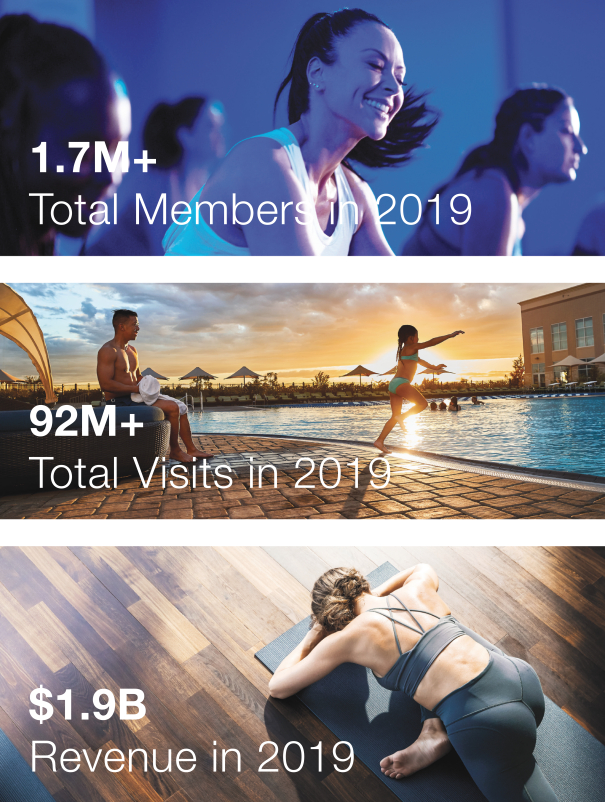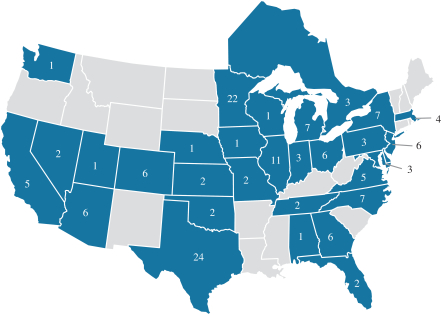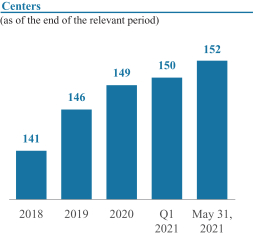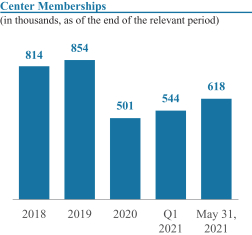CONFIDENTIAL TREATMENT REQUESTED PURSUANT TO 17 C.F.R. § 200.83
As confidentially submitted to the Securities and Exchange Commission on June 28, 2021.
This draft registration statement has not been filed publicly with the Securities and Exchange Commission
and all information herein remains strictly confidential.
The information in this prospectus is not complete and may be changed. We may not sell these securities until the Registration Statement filed with the Securities and Exchange Commission is effective. This prospectus is not an offer to sell these securities, and we are not soliciting offers to buy the securities in any jurisdiction where the offer or sale is not permitted.
SUBJECT TO COMPLETION, DATED JUNE 28, 2021.
Shares

Life Time Group Holdings, Inc.
Common Stock
This is an initial public offering of shares of common stock of Life Time Group Holdings, Inc. We are selling all of the shares to be sold in the offering.
Prior to this offering, there has been no public market for our common stock. The initial public offering price is expected to be between $ and $ per share. After pricing of the offering, we expect that our common stock will trade on the (“ ”) under the symbol “LTH.”
After the consummation of this offering, we expect to be a “controlled company” within the meaning of the corporate governance standards of .
Investing in our common stock involves risk. See “Risk Factors” beginning on page 23 to read about factors you should consider before buying shares of our common stock.
| Per Share | Total | |||||||
| Public offering price |
$ | $ | ||||||
| Underwriting discount(1) |
$ | $ | ||||||
| Proceeds, before expenses, to us |
$ | $ | ||||||
| (1) | See “Underwriters” for a description of the compensation payable to the underwriters. |
The underwriters may also exercise their option to purchase up to an additional shares from us, at the public offering price, less the underwriting discount, for 30 days after the date of this prospectus to cover sales of additional shares by the underwriters.
Neither the Securities and Exchange Commission nor any state securities commission has approved or disapproved of these securities or determined if this prospectus is truthful or complete. Any representation to the contrary is a criminal offense.
Delivery of the shares of common stock will be made on or about , 2021.
| Goldman Sachs & Co. LLC | Morgan Stanley | BofA Securities | ||
| (in alphabetical order) |
||||
| Deutsche Bank Securities | J.P. Morgan | Wells Fargo Securities | ||
The date of this prospectus is , 2021.


























